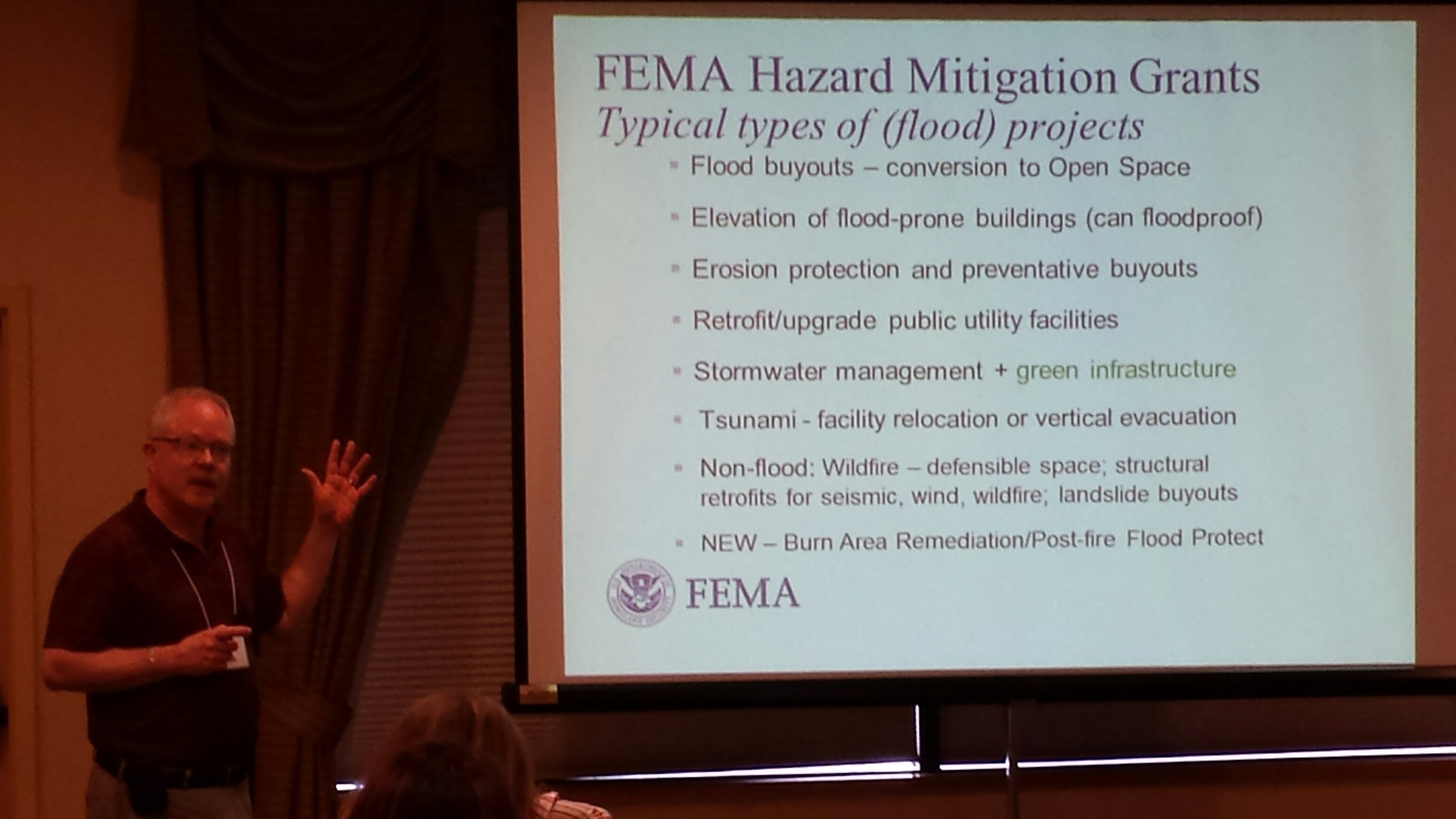Written by Jenny Baker, Senior Restoration Manager
With Contributions by Julie Morse Senior Ecologist; Jodie Toft, Senior Marine Ecologist
The 12th offering of Salish Sea Ecosystem Conference is just around the corner and a cadre of us from TNC are ready to head north and dive in. Next week, over 1,000 indigenous knowledge-holders, scientists, policy-makers, students and other stakeholders from the US and Canada will collect in Vancouver, B.C. for 3 knowledge-packed days. The conference is a wonderful opportunity for interdisciplinary and transboundary collaboration and networking for those of us dedicated to the protection and recovery of the Salish Sea region.
The team is excited to share our work in the Salish Sea through three presentations and a poster. In the Toward Coordinated Resilience Planning Where People and Ecosystems are Being Squeezed by Climate Change session, a range of speakers will explore the complexity of addressing climate change in systems where past and current land use influence how climate change will affect people and nature, and some of the considerations that are needed as we plan for the future. We have two talks in this session. We will talk about our work to incorporate climate change considerations into floodplains project funding and marine shoreline planning, and our work to identify projects that have benefits for flooding, farms and fish in the Skagit river delta.
In the Local Stories and Results session, we will describe monitoring results from TNC’s Port Susan Bay project in an Ignite presentation, sure to be an informative and engaging crowd-pleaser. And we will present a poster titled New Tools for a United Front to highlightseveral new ideas and projects that TNC is working on. These include: TNC’s and the University of Washington’s “Outside Our Doors” publication, which synthesizes 40 years of research on benefits of nature in cities; tools for exploring flood risk and coastal resilience; a spatial assessment that answers the question how much agricultural best management practice implementation is needed and where is the best place to put it to get the strongest environmental outcomes; and the effects of polluted stormwater on coho salmon and promising solutions for treatment.
In addition to sharing our work and hearing from others, we look forward to the inaugural Billy Frank Jr. plenary, the keynote by Dr. Roberta Bondar, Canada’s first female astronaut and the world’s first neurologist in space, the art show, a reception at the Vancouver Aquarium and the First Nations/Tribal Dinner.
For me, this will be my third time attending this conference. Every year I find it recharges and inspires me. All day for three days, there’s non-stop presentations, poster sessions and great conversations over coffee with my colleagues, many that I’ve known for years but don’t see on a daily basis. Our work is often messy, and so complicated that I often get lost in the details… but this conference always reminds me of the big picture and how lucky I am to live and work in the beautiful Salish Sea.
Look for tweets from the team next week as we share highlights from the meeting!



























